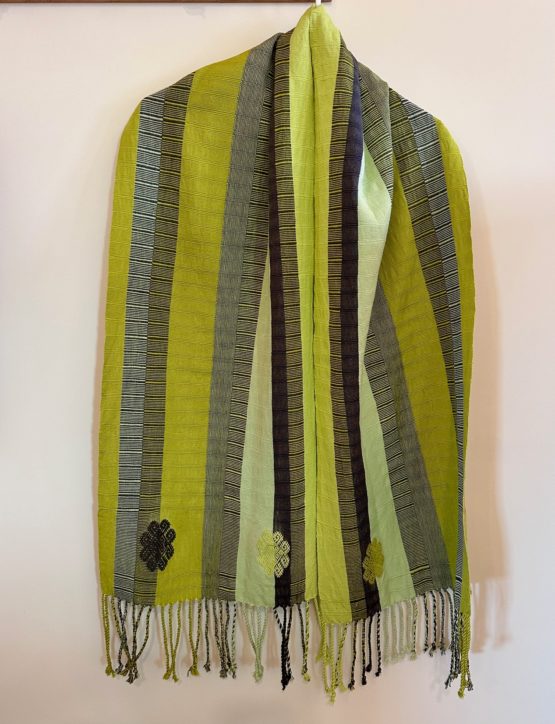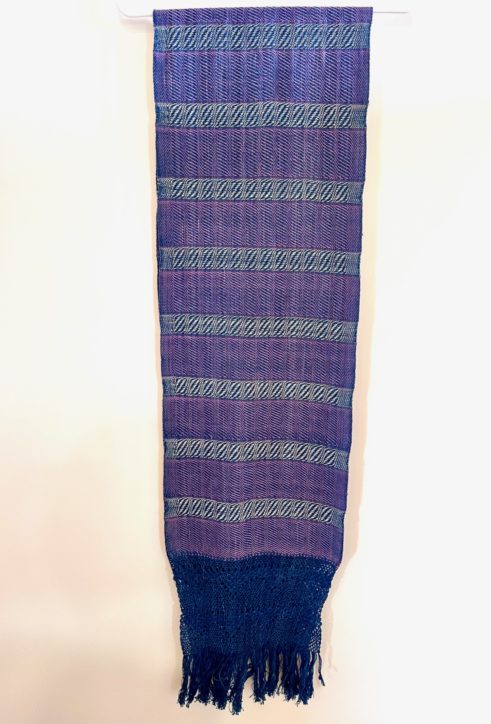We weren’t exactly going off on a tangent, getting sidetracked, or wandering aimlessly. We had a plan. I spent Thursday and Friday last week taking friends to visit artisans down MEX 190 — the Panamerican Highway — to visit makers I have known for years.




Oh, and did I say it’s 80 degrees Fahrenheit here and -5 degrees F in Taos?
Then, on Saturday, North Carolina friend Chris arrived for a five-day visit from Ajijic, Lake Chapala, Guadalajara, where she has been living for the past six years. It’s Sunday. Chris, Kali, and I just came back from a full morning at the Tlacolula Market, the famous tianguis regional free-for-all that takes hours to navigate. (We sell a market map if you want to get around on your own.) It was a shopping spree galore followed by lunch at Mo Kalli, in the Tres Piedras neighborhood of Tlacolula on the other side of the highway. I’m in awe of what traditional chef Catalina Chavez Lucas prepares — a tasting of most of Oaxaca’s famous moles all prepared to perfection, complete with Victoria and good mezcal to wash it down.


On Thursday, Jeff, Amador and I covered textiles and ceramics, starting in Mitla, continuing on to Teotitlan del Valle where we spent time with my host family who started Galeria Fe y Lola about twenty years ago and work only in natural dyes making the most glorious hand-woven rugs. We went on to San Marcos Tlapazola to visit Macrina Mateo Martinez and her sister Elia who are part of a fifteen-woman cooperative. Macrina’s work is so good it is featured in the Museum of Modern Art in New York City. Elia is heading off to Japan in November to teach a ceramics workshop. Jeff and Amador own Apostrophe-Home in San Diego and they were on a look-see/buying trip.



After visiting Macrina, we headed to Mitla to meet Arturo who weaves on the backstrap loom and works mostly in natural dyes to create amazing home goods and clothing. He is weaving new scarves and shawls with cashmere and the colors are juicy, strong and clear. Then, we went off to see Epifanio, the antique dealer who has a shop hidden down a side street where he has a collection of vintage jewelry, pottery, metates, and tchotchkes that are irresistable.




The following day, I met with Marj and Al from Chicago to take them down a similar path, but ending up in Santiago Matatlan, the Mezcal Capital of the World, where we met with Jorge and Yesenia. Jorge is a thirty-six year old mezcalero who learned from his father and grandfather, and he named his brand in honor of his grandfather Secundino. What they produce is delicious, with rich, earthy flavors and the wild agaves are spectacular at about half the cost of more commercial brands. You would never find this palenque. There are no signs directing you there, and even though I’ve been there multiple times, I still got lost this time and had to call them! Ooops.



Culminating the week was our Tlacolula market outing, where we bumped into Macrina and Elia, Fe, Lola, and Janet, sipped on frothy chocolate tejate, a drink made with toasted corn, sought out Armando who hand makes and embroiders dolls, and generally overindulged ourselves on tasting chocolate and fresh roasted peanuts. By the time we finished, we had a rolling cart filled with baskets, pottery, mandarin oranges, peanuts, a spatula, two steel comales, and pounds (so it felt like) of chocolate.



As we were 1/4 through the market making our way to the parking lot, I spotted a tall, strong, young immigrant from Venezuela, wearing a cardboard placard asking for help. I asked him to help us schlepp and carry the totes and cart and promised him a reward for his service. I asked him about why he left. He said there is no work there and the country is corrupt and dangerous. He is passing through with his wife and two-month old baby on his way to the U.S. His baby was born in the Panama forest. I support immigrant rights through organizations like Raices and Mazon and the Southern Poverty Law Center. Meeting him gave us an opportunity to help someone directly who is seeking economic and political freedom. We tipped him handsomely.



Please recommend us for our day excursions and extended tours. We welcome friends, family, designers, and gallery/shop owners and can help source Oaxaca artisan craft and meet the makers directly. Thank you.






































































Humble Apron Elevates to Fashion Statement and Identity in Oaxaca, Mexico
Here in the Tlacolula Valley, and most villages surrounding the city of Oaxaca, the apron is more than a utilitarian article of clothing used to protect the wearer’s garment from getting soiled. It is a statement of identity, style, and social class.
Tlacolula market scene with women’s aprons as personal and village identity.
Walk around the Tlacolula Market on Sunday, or any day for that matter, and you will see women, old and young, covered in aprons. You can identify their villages by apron style.
For example, women from San Miguel del Valle wear a bib apron with an attached gathered skirt that has a heavily embroidered hem. The aprons worn by women from San Marcos Tlapazola are cotton with pleated skirts often trimmed in commercial lace or bric-a-brac.
Evaluating apron style, quality and price. Do I really need a black one, too?
Teotitlan del Valle women prefer gingham cotton aprons with scalloped bodices and hems, trimmed in machine embroidered flowers, plants, fruits and sometimes animal figures.
There are fancy aprons, more densely embroidered for Sunday wear and special fiestas, and simple ones for everyday to cook, wash clothing and tend to babies, grandchildren and guajolotes.
He likes to cook, too. Having fun in the Tlacolula market.
The apron is worn by grandmothers and granddaughters alike. It is a uniform that conveys personal identity, social status and wealth. The heavily embroidered apron cost much more, as much as 350 pesos compared to the everyday 150 peso variety.
Rosario wears her apron with hand embroidered bodice
You would want to wear your fanciest apron to the market to bring the oohs and aahs from contemporaries who admire your choice of color and design. Market day, a daily occurrence in Teotitlan del Valle and a regional weekly event in Tlacolula, is the social center for towns and villages. It is the time when women greet and mingle with each other, some even sneaking off together for a morning mezcal.
Apron as fashion statement! Who needs a fancy dress?
When you get home, you change to the daily apron for working.
Aprons are handy because they have deep pockets. Perfect for holding the coins of commerce. They are also convenient because you don’t have to wear a bra.
There are about eight different apron vendors in the concrete building of the permanent Tlacolula market. One of my favorites is along the exterior aisle closer to the bread section. They are from San Pablo Villa de Mitla and the machine embroidered aprons are filled with fanciful images of birds, fruit and flowers.
Rocio, left, demonstrates how this apron looks. She is proud of their work.
Every apron is different. You need to try on at least several to compare size and quality. Make certain there are no stains and that the embroidery around the neck and the pocket placement is even.
One for her, one for him!
Like this:
27 Comments
Posted in Cultural Commentary, Textiles, Tapestries & Weaving
Tagged aprons, class, clothing, cost, Embroidery, fashion, identity, Mexico, Oaxaca, social status, Tlacolula market, Women